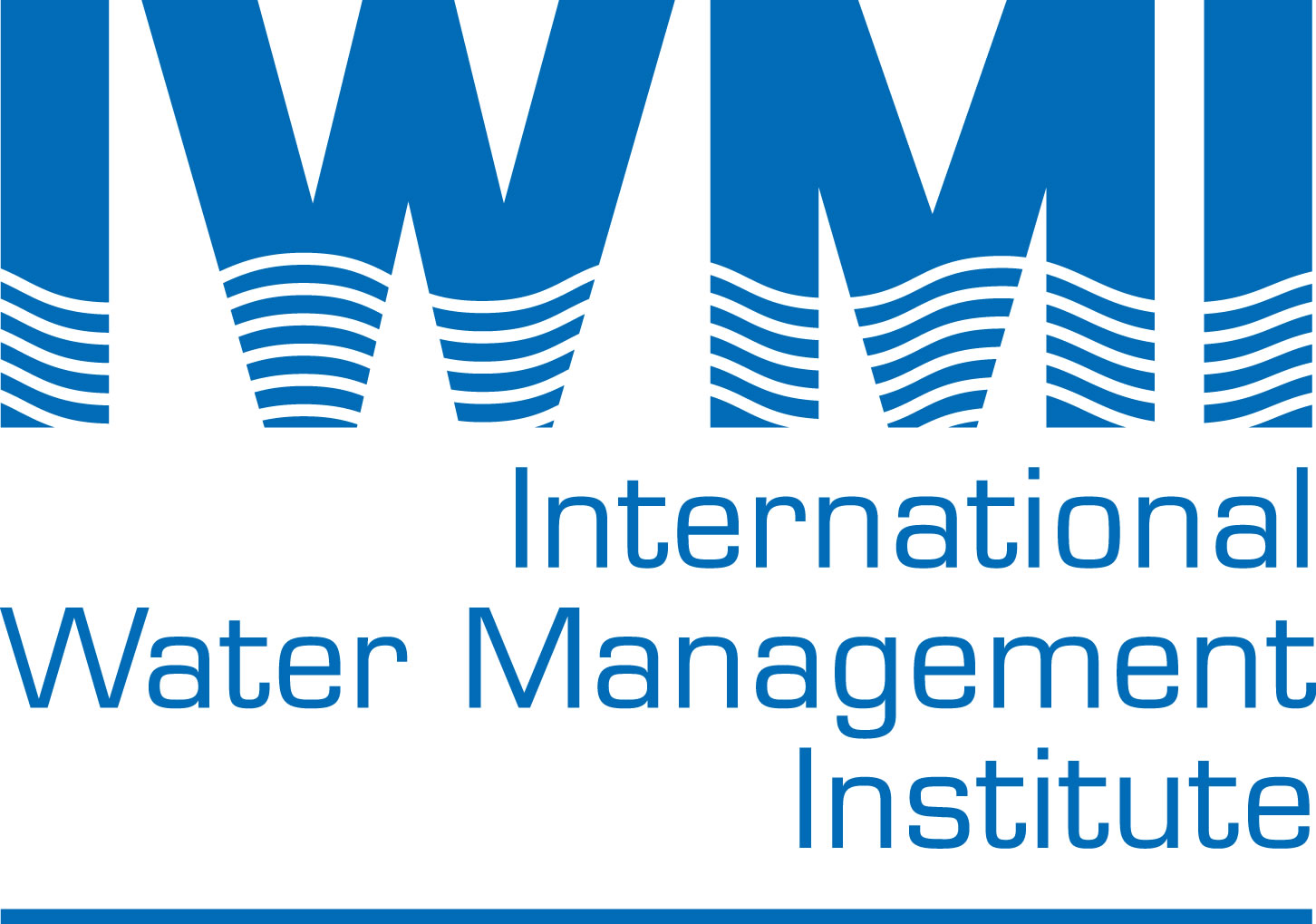 Central Asia is a huge landmass situated between the Caspian Sea in the West and the mountain ranges of the Pamirs and the Hindukush in the South- East. For centuries, caravans travelled along the famous Silk Road connect- ing Europe and Asia, and crossed the two main rivers of the region: the Amu Darya and the Syr Darya, which were known by the ancient Greeks as the Oxus and the Jaxartes. More than 1000 years ago, powerful Khans had already developed complex irrigation systems along these rivers, serving as a basis for economic prosperity and development.
Central Asia is a huge landmass situated between the Caspian Sea in the West and the mountain ranges of the Pamirs and the Hindukush in the South- East. For centuries, caravans travelled along the famous Silk Road connect- ing Europe and Asia, and crossed the two main rivers of the region: the Amu Darya and the Syr Darya, which were known by the ancient Greeks as the Oxus and the Jaxartes. More than 1000 years ago, powerful Khans had already developed complex irrigation systems along these rivers, serving as a basis for economic prosperity and development.
Before the break-up of the Soviet Union in 1991, both rivers ran mostly inside the USSR, with a small upstream part of the Amu Darya in Afghanistan. Today, sharing the water has become much more complicated, because the rivers cross the territories of six independent states: Kazakhstan, Kyrgyzstan, Tajik- istan, Turkmenistan, Uzbekistan, and Afghanistan. By virtue of today’s politi- cal geography, these countries are destined to reach cooperation against a backdrop of growing populations, institutional upheavals and climate change.
This exhibition tells about the challenges of sustainable transboundary water management in Central Asia, the achievements so far, and how the inter- national community can support peaceful water cooperation.
[button link=»http://waterca.neo.sh/wp-content/uploads/sites/4/2014/08/Gesamtueberblick_Produktion_GIZ-05-low.pdf» type=»icon»]Download PDF Publication[/button]


 English
English













